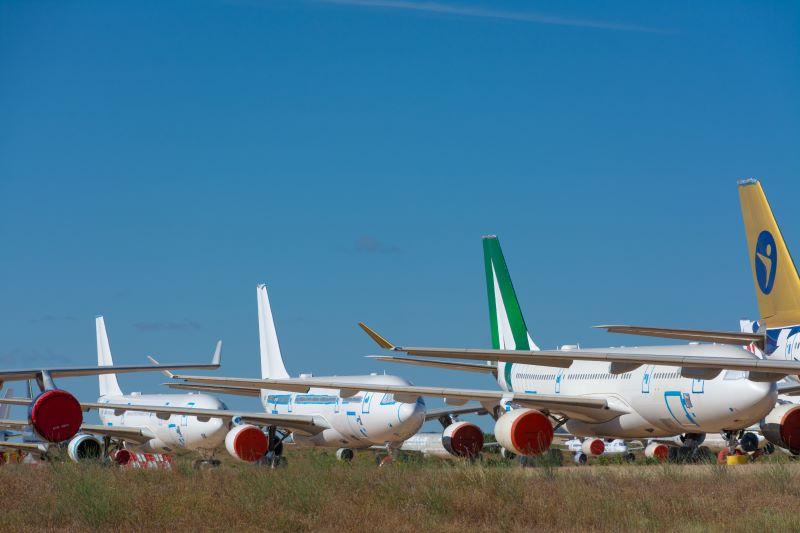
Credit: V Sargues/Depositphotos.com
Uncertainty over demand trends and new aircraft delivery schedules are among the factors continuing to suppress aircraft retirements, analysis from consultancy Naveo shows. Airlines and lessors retired 429 aircraft in 2021, a Naveo analysis of Aviation Week Network’s Fleet Discovery data found...
Subscription Required
This content requires a subscription to one of the Aviation Week Intelligence Network (AWIN) bundles.
Schedule a demo today to find out how you can access this content and similar content related to your area of the global aviation industry.
Already an AWIN subscriber? Login
Did you know? Aviation Week has won top honors multiple times in the Jesse H. Neal National Business Journalism Awards, the business-to-business media equivalent of the Pulitzer Prizes.

